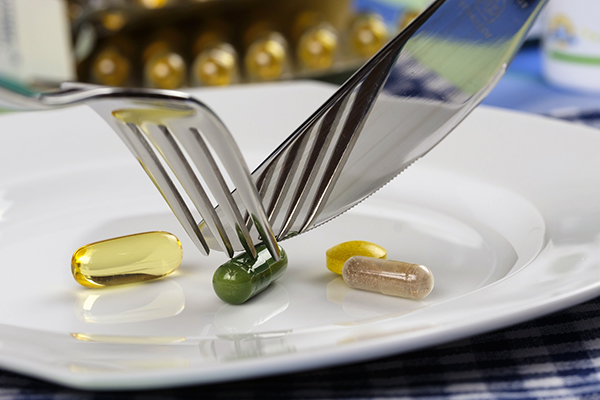
Nutraceuticals as phenolic bioactive compounds analysis of softwood bark and their possibilities of industry applications
28.05.2020Valorisation is a key principle of the biorefinery approach, and full valorisation of lignocellulosics should bring both economic and environmental benefits. A great amount of research in the last decades has been focused on the extraction of bioactive compounds from different types of biomass or bio-waste, especially, of polyphenolic bioactive substances, which can be used for the production of nutraceuticals. These compounds represent the main group of secondary metabolites in phytomass. While the bark is a rich source of bioactive compounds, which can find application in the field of food additives, cosmetics and pharmacological or agricultural products, millions of tons of bark are mainly burned or landfilled every year. The various ranges of bioactive nutrients present in natural products, such as bark, roots and needles, play a vital role in the prevention and cure of various diseases.
Abstract
Softwoods have a numerically large group of economically important renewable plants. Waste processing of trees mainly bark, needles are reasonable extent not recovered. The waste contains relatively high levels of phenolic compounds. Phenolic compounds are one of the main components that have a high potential in various fields of food, pharmacy, and other industries. This review focuses on the main uses of softwood bark and overviews the extraction and analytical methods used to determine phenolic bioactive compounds in this matrix. At this time, various extraction techniques are used to obtain secondary metabolites from bark mainly bio-active phenolic compounds. The amount of bioactive compounds derived from the matrix affects the: extraction conditions, choice of the solvent, particle size, content of the water and, in particular, the extraction method. Amount and nature of the isolated compounds greatly depend on the isolation; the isolation is possible to use different methods: extraction in a Soxhlet apparatus, Soxtec extraction, accelerated solvent extraction, ultrasound-assisted, supercritical fluid extraction, pressurized liquid extraction, and microwave assisted extraction. According to literature were selected nutraceuticals phenolic compounds (isolated from softwood bark):Astringin; Catechin; Epicatechin; Ellagic acid; Ferulic acid; Gallic acid; Hydroxymatairesinol; isolariciresinol; Isorhapontigenin; Isorhapontin,lariciresinol; Lariciresinol-9-p-coumarate; Methylthy mol;p-Coumaric acid; Piceatannol; Piceid; Podocarpic acid; Quercetin; Resveratrol; Sesquipinsapol B; Sinapic acid; Tannic acid; Taxifolin; Vanillic acid; Vladinol D. From this viewpoint, it is important to collect information on pharmacokinetic properties of the nutraceuti- cal phenolic substances isolated from bark according to published papers. Pharmacokinetics properties of phenolic bioactive substances extracted by different techniques such as: molecular weight, logP, AlogP, H-bond acceptor, H-bond donor, total polar surface area, atom molar refractivity, number of rotatable bond, number of atom, rotatable bond count, number of rigid bond, number of atom ring, and number of Hydrogen Bond were calculated by DruLito (Drug LiknessTool).
Source : "Nutraceuticals as phenolic bioactive compounds analysis of softwood bark and their possibilities of industry applications", Michal Jablonsky, Ales Haz, Alexandra Sladkova, Petra Strizincova, Andrea Skulcova, Veronika Majova, Jozef Jablonsky, March 2019.
